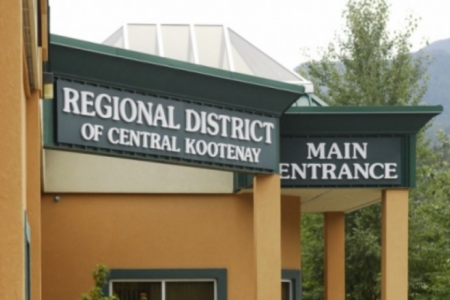Suppressing HST vote no way to regain trust of BC voters
by Dermod Travis
BC premier Christy Clark once called the way Gordon Campbell imposed the HST as “sneaky.” Little did British Columbians know at the time, but they hadn’t even seen anything yet when it came to sneaky.
With close to 3.5 million ballots being mailed to voters this week, strategists with the BC Liberal party have launched a frontal assault on BC democracy by employing virtually every trick in a sorcerer’s handbook to suppress voter turnout in order to increase the odds that the HST will survive this summer’s referendum.
Their tactics – amongst many – include changing the date of the original September 24th referendum to hold the vote in the lazy days of summer instead, throwing voters a curve ball question that requires them to vote Yes to say No, and then asking them to ‘mail it in.’
It’s not a coincidence that voters are rarely called to the polls in July or August. Indeed, the last time British Columbians were asked to vote in summer was on August 1st, 1952 when WAC Bennett was first elected.
The second trick: that school yard favourite “heads I win, tails you lose.”
Normally, when someone asks a question the positive choice comes first, as in: “are you for or against it?”
The HST referendum breaks this rule by putting the negative option – scrapping the HST – the positive choice, as in: Are you in favour of extinguishing the HST (Harmonized Sales Tax) and reinstating the PST (Provincial Sales Tax) in conjunction with the GST (Goods and Services Tax)?
So instead of voting “no” to the HST – as groups who oppose the HST have said for months with slogans such as ‘Vote No’or ‘notothehst’ – voters who want to scrap the HST must now vote “yes.”
It’s wording that is intended to confuse British Columbians. At the very least, the first eight words of the question are manipulative.
In fact, research conducted by American political scientist David Magleby found that up to twenty per cent of voters cast mistaken votes when asked to vote ‘yes’ to oppose a proposition.
In one California initiative, a referendum on preserving rent controls, Magleby found that 23 per cent who supported rent controls mistakenly voted against them and 54 per cent who opposed controls voted for them.
The third trick in the BC government’s handbook: ‘mailing it in.’
A few US states already use mail-in ballots, but a number of political scientists see voting by mail as a way to suppress votes.
Oregon has witnessed a continual decrease in turnout since the introduction of “vote-by-mail.” And in California when elections included referendums or initiatives those who voted in person were more likely to vote on these issues than those who mailed it in.
BC has had one mail-in referendum. Only 790,182 or less than 37 per cent of eligible voters dropped their ballot in the mailbox and of those over 26,000 ballots were rejected.
While mail-in ballots may be cost-effective, they don’t produce a higher turnout by those who normally abstain or provide a fair representation of all voting groups in a society.
Usually, it’s the higher educated who will sort through conflicting views in a referendum to make a decision.
Others are at a disadvantage when voting by mail: those with no fixed address, those who are functionally illiterate, new Canadians who may not sufficiently understand the common language, or those with little time to consider the issue.
While many British Columbians may believe that politicians would never manipulate voter behaviour to suppress turnout, nonetheless voters can’t afford to ignore the reality that such tactics work when a government wants to foist an unpopular policy onto its citizens.
Not since US Republican strategist Ed Rollins allegedly suppressed the turnout of black voters in the 1993 New Jersey governor’s race by paying black voters to sit at home on election day, have citizens witnessed such a blatant attempt by a government to pass not just one but a series of curve balls by its own citizens.
Don’t let political machinations disenfranchise you. And after Gordon Campbell’s last campaign promise on the HST, don’t fall for Premier Clark’s pig in a poke this time round.
Get the facts from both the Yes and No sides. Then vote for what you believe is best for British Columbia.
Dermod Travis is the managing director of IntegrityBC.



























Comments